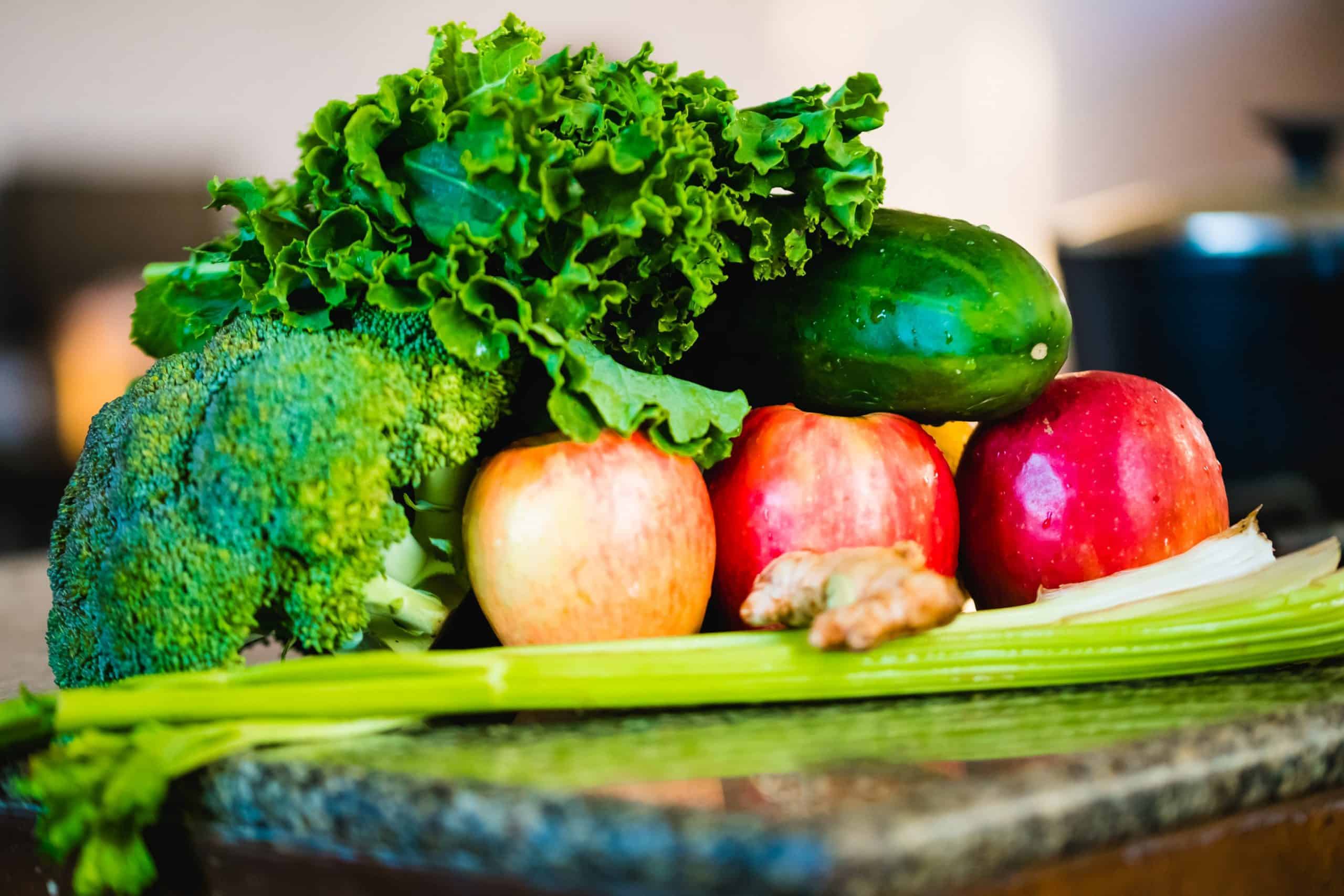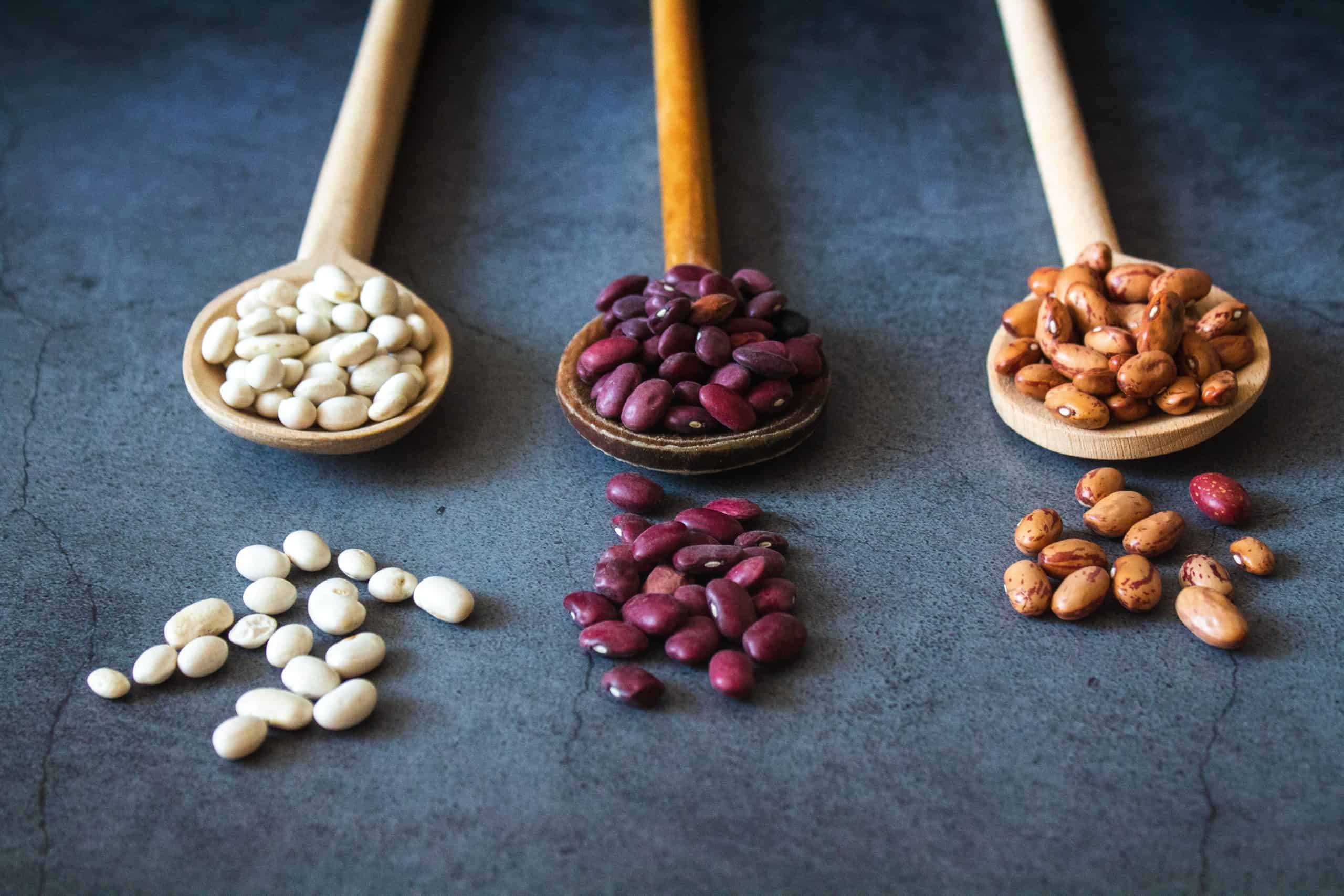Many people believe that eating healthy is hard on the wallet, but the opposite is actually true. Eating nutritious food is definitely affordable, even on a tight budget. The key to eating healthy on a budget is knowing which healthy foods to buy in general and on any given week.
Sure, if you’re shopping for exotic fruit or organic meat, or only frequent high-end supermarkets, you should expect to spend more on your nutritious dinners. But if you shop—and cook—smart, eating healthy on a budget is easy and delicious. You might be surprised how many cheap and healthy foods you can incorporate into your meals.

Photo: K15 Photos on Unsplash
Here are some tips to help you eat healthy when you’re on a tight budget.
1. Shop seasonally
Shopping seasonally—i.e., buying what’s in season in your geographic region—may feel limiting, but it cuts down on costs. For example, if you live in the Northeast, paying for a $10 watermelon in November makes no sense, but buying apples for $1-2 per pound does.
Then, when July and August roll around and massive local watermelons are plentiful and half the price of the ones shipped from the other side of the world during the winter, snack on them every day.
2. Buy frozen produce
Frozen vegetables and fruit are often available at affordable prices. They also may come in huge packages that can save you even more money compared to buying the same produce fresh when it’s out of season. In addition, a lot of organic frozen vegetables aren’t that much more expensive than conventional. Most grocery stores offer everything from peas and butternut squash to mangoes and berries in the frozen section year-round.
Buying frozen also helps to eliminate waste. If you buy a can of corn and don’t use it all in your recipe, you might not remember to freeze or use up the remainder. Buy a bag of frozen corn instead, and you can take what you need and chuck the rest back in the freezer for another meal on another day.
3. Buy whole foods
Instead of buying prepared foods, even ones labeled “healthy” or “diet,” stick with whole foods. Whole foods are minimally processed foods that you purchase as close to their natural form as possible. Fruits, vegetables, eggs, bulk whole grains and fresh or frozen meat are all more affordable than anything that has been processed even a little bit.
Instead of buying pre-shredded chicken breast, buy it, cook it and slice it up yourself. Buy whole carrots instead of baby carrots or carrot sticks, plain fish rather than breaded, blocks of cheese instead of shredded – you get the idea.

Photo: Rithika Gopalakrishnan on Unsplash
4. Shop the sales
Check your store’s circular or website and make your healthy grocery list based on which fruit, veggies, meats, grains and dairy products are on sale at the moment. That may mean you settle for gala apples instead of pink ladies or boneless skinless chicken thighs instead of breasts, but it’ll save you money and your food will be just as nutritious.
Also, consider stocking up on non-perishables when they’re on sale. Oatmeal, beans, salad dressings and other pantry staples will last for a while, so make a point to buy extra when they’re discounted and never pay full price. Holidays are a great time to buy extra when popular seasonal items are on sale; for example, November sales are a great time to stock up on canned pumpkin, cranberry sauce and baking items.
In addition, don’t forget to check discount bins or manager’s specials for unexpected marked-downs on foods you regularly buy.
5. Forget about brand loyalty
Those big brands don’t pay your bills, let alone balance your budget. Forget about brand loyalty and buy the brands that are cheaper per unit on the day you’re shopping. A product’s ingredient list is far more indicative of quality than which brand is on the box.
Even generic store brands are often just as good as the big names, so price shop and taste test until you find which products work for your budget, taste buds and nutritional priorities.
6. Eat less meat
Most of us could do with far less meat in our lives, and the planet would benefit as well. Yes, meat is a good source of protein, but it’s not the only source of protein. It’s not always the healthiest or cheapest source of protein either. Cut your consumption of meat and replace it with more affordable sources of protein like beans and legumes, eggs, tofu, canned fish, natural peanut butter or plain whole milk Greek yogurt. Your budget will thank you for it.
Plus, when you skip the fatty ground beef in favor of a plant-based source of protein a couple of nights a week, you’ll have more money to spend on leaner meats and fish on the days you do eat animal protein.

Photo: Tijana Drndarski on Unsplash
7. Consider dry beans
Beans are an excellent source of protein, fiber and healthy carbohydrates and they make for an excellent replacement for meat. You can use them to make meat-free versions of dishes like chili and burgers. Though they’re more affordable than meat, beans at a dollar a can can add up, especially since one can will feed a family of four just one meal – and that’s only if it’s not being served as the main source of protein.
To eat healthier on a budget, try buying dry beans and cooking them up in bulk at a fraction of the cost. One 15 ounce can of beans only makes about three servings, whereas a pound (16 ounces) of dry beans yields about 12 servings. At Walmart, a can of Great Value brand black beans costs $0.54 (or 18 cents per serving), while a bag of Great Value brand dry black beans costs $1.14 (or 10 cents a serving).
The dried beans are much cheaper per serving, and you won’t have to buy them as often. You can make enough for the entire month in just a few hours and freeze or can the cooked beans yourself.
8. Plan your meals
Avoiding waste is huge when it comes to saving money on healthy food. Eating whole foods is affordable, but not if half of what you buy ends up going bad before you use it. By planning your meals, or at least your dinners, you’ll be sure to use up what you have before it goes bad and avoid throwing your money – in the form of rotten produce – in the trash. Even better if you can manage to plan some breakfasts and lunches for the week as well.
9. Buy in bulk
Instead of purchasing those tiny bags of pre-packaged nuts and whole grains, try to find a store that sells them in bulk at a discount. You can buy exactly the amount you need and often save dollars on the pound on things like quinoa, brown rice, oats, almonds and even nut butters.
10. Freeze your leftovers
One of the biggest ways people waste money on food is by letting leftovers go uneaten. There’s almost nothing worse for your grocery budget than preparing a healthy, nutritious meal and letting the leftovers rot in your fridge. If you don’t eat your leftovers within a couple of days, make a point to package them up and throw them in the freezer for future grab-and-go lunches and weeknight dinners.
Even better, embrace freezer meal planning and make a slightly larger meal and immediately freeze half. The food doesn’t get wasted and you don’t have to cook some night in the future.
11. Shop around
Sometimes it’s worth it to spend a few extra cents on gas to save dollars on groceries. Many of us live in towns where the grocery shopping options are limited, but driving 20 to 30 minutes away to another town can open up tons of options and give you access to far better prices on nutritious everyday items like bread, milk, vegetables and fruit.
If you live in a town or a rural area that has only a single grocery store, it pays to figure out where you may be able to drive a bit farther to find more affordable chains like Aldi, Lidl or Walmart. To keep the gas costs down, try to consolidate grocery trips to once a week at the most, and hit up multiple stores in the same area on the same day.
12. Don’t fall into the trendy trap
Lastly, don’t let your social media feed dictate which healthy foods you think you need to buy. Instagram and TikTok can be great for cooking inspiration, but no, you don’t need $3 avocados or $20 worth of collagen protein to eat nutritiously.
Those 20-cent bananas and that homemade chicken stock you made from your leftover roast chicken bones are just as good for you (and a whole lot cheaper) as the beautiful foods you see on someone else’s feed.
If you liked this article, you might also like:
